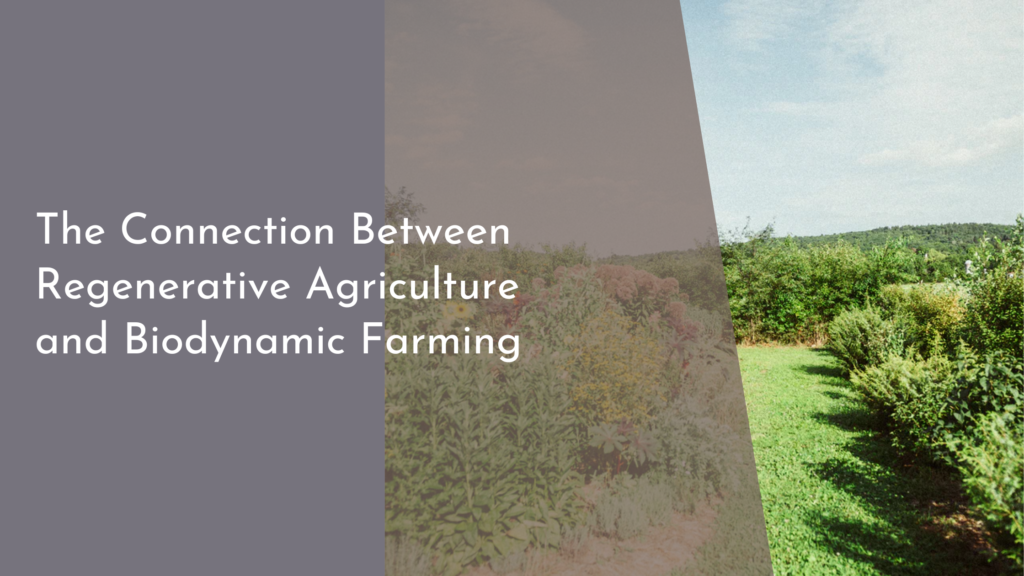Herbs for Restoring Degraded Forest Edges
The degradation of forest edges poses a significant threat to ecosystems around the world. As human activity expands into natural habitats, these crucial areas experience a decline in biodiversity and ecological stability. However, one promising avenue for restoration lies in the use of herbs, which can thrive in these transitional zones. By understanding the importance of forest edges and introducing the right herbs, we can revitalize these areas, enhancing both biodiversity and the beauty of our surroundings. This article explores the significance of forest edges, highlights effective herbs for restoration, and provides guidance on their cultivation and care.
Understanding the Importance of Forest Edges for Ecosystems
Forest edges serve as vital interfaces between forest ecosystems and adjacent habitats, such as grasslands, wetlands, or urban areas. These transitions are rich in biodiversity, offering shelter and food for numerous species, including birds, insects, and small mammals. The variety of microhabitats found in forest edges supports the growth of different plant species, thereby fostering a complex web of interactions that are essential for ecological balance. When these edges are degraded, the loss of biodiversity can lead to destabilized ecosystems, reduced resilience to climate change, and diminished resources for wildlife.
Moreover, forest edges play a crucial role in protecting the interior of forests from external threats. They provide a buffer against invasive species, reduce the impact of wind and sunlight, and help maintain humidity levels in the forest. The preservation and restoration of forest edges contribute to greater ecological health, increased carbon sequestration, and improved water quality. By investing in the restoration of these vital areas, we can support not only the flora and fauna that depend on them but also the overall health of our planet.
Top Herbs to Revitalize Degraded Forest Edge Areas
When it comes to restoring degraded forest edges, certain herbs stand out due to their resilience and adaptability. One such herb is Echinacea purpurea, commonly known as purple coneflower. This hardy perennial not only attracts pollinators but also enhances soil health through its deep root systems. Echinacea can create a vibrant display of color while supporting the restoration of local ecosystems, making it an excellent choice for revitalizing forest edges.
Another beneficial herb is Monarda fistulosa, or wild bergamot. This aromatic herb is known for its ability to thrive in a variety of soil conditions and provides nectar for bees and butterflies. Additionally, its dense growth habit helps to stabilize soil and prevent erosion, making it an excellent companion for other plants. By incorporating these and other native herbs into restoration efforts, we can create lush and diverse forest edge habitats that support both wildlife and the surrounding environment.
How to Cultivate and Care for Restorative Herbs
Cultivating restorative herbs for forest edge areas involves selecting the right location, preparing the soil, and ensuring proper care. Start by choosing a site with partial sunlight and well-draining soil, as many herbs thrive in these conditions. It is essential to remove any invasive species or weeds that may compete with the desired herbs for resources. Adding organic matter, such as compost or leaf litter, can significantly improve soil structure and fertility, providing a healthy foundation for growth.
Once planted, these herbs require minimal maintenance but can benefit from regular watering, especially during dry spells. Mulching around the base of the plants helps retain moisture and suppress weeds. Additionally, periodic pruning can encourage bushier growth and prevent overcrowding. By nurturing these herbs, not only do we enhance the health of the forest edge, but we also create a beautiful, biodiverse space that invites wildlife to flourish.
Enjoying the Benefits: Biodiversity and Aesthetics Restored!
The benefits of revitalizing degraded forest edges with restorative herbs extend beyond ecological improvements; they also enhance the aesthetic appeal of the landscape. As native herbs bloom and flourish, they create a vibrant mosaic of colors and textures, drawing the eye and inviting appreciation for the natural world. This transformation offers opportunities for community engagement, where local residents can participate in restoration projects, fostering a sense of pride and stewardship for their environment.
Moreover, by encouraging biodiversity through the introduction of native herbs, we contribute to the overall resilience of ecosystems. Healthy forest edges can serve as corridors for wildlife, providing pathways for species migration and interaction. The symbiotic relationships that develop among plants, animals, and microbes create a thriving ecosystem that benefits all. As we work together to restore these vital areas, we not only enrich our landscapes but also cultivate a deeper connection to nature that can inspire future conservation efforts.
Restoring degraded forest edges with herbs is an exciting and impactful way to promote biodiversity and enhance natural beauty. By understanding the essential roles these edges play in ecosystems and selecting the right herbs for cultivation, we can transform these areas into thriving habitats for wildlife and vibrant spaces for communities. As we nurture these plants, we not only restore ecological balance but also enrich our own lives with the joy and beauty of nature. Let’s embrace the journey towards revitalizing our forest edges and enjoy the myriad benefits they bring!

